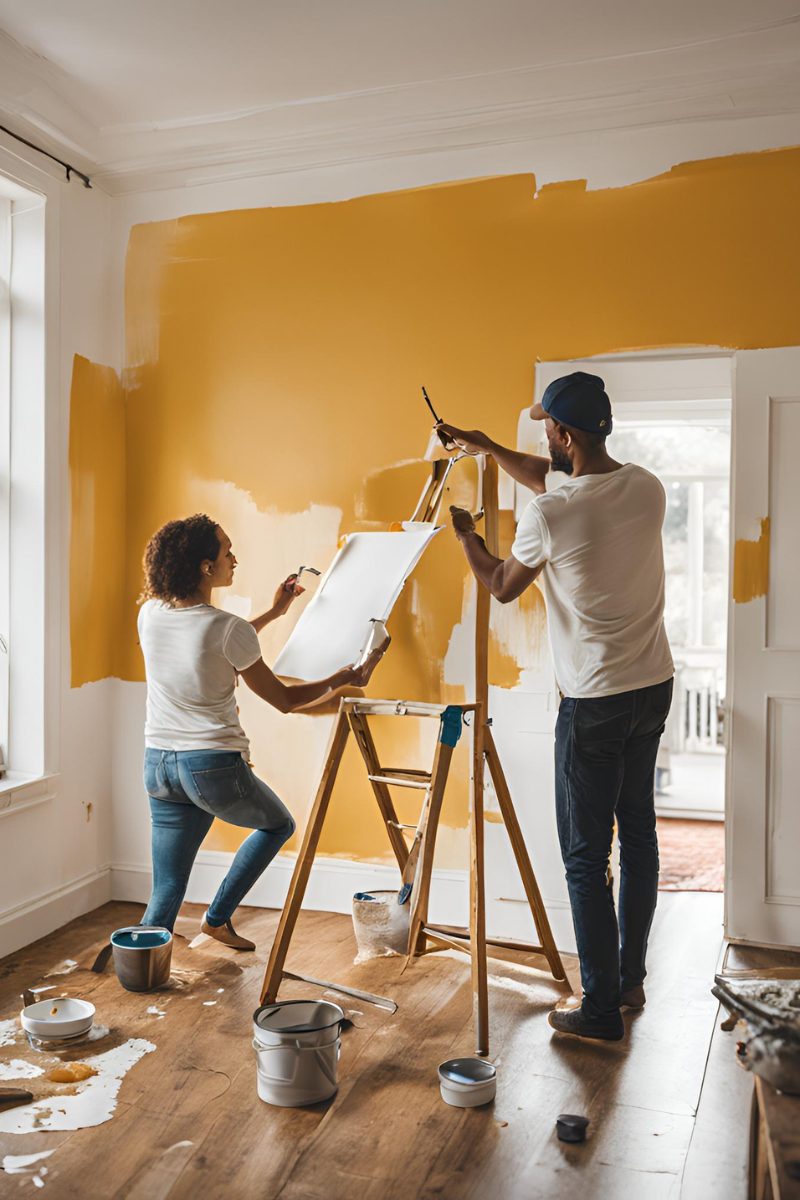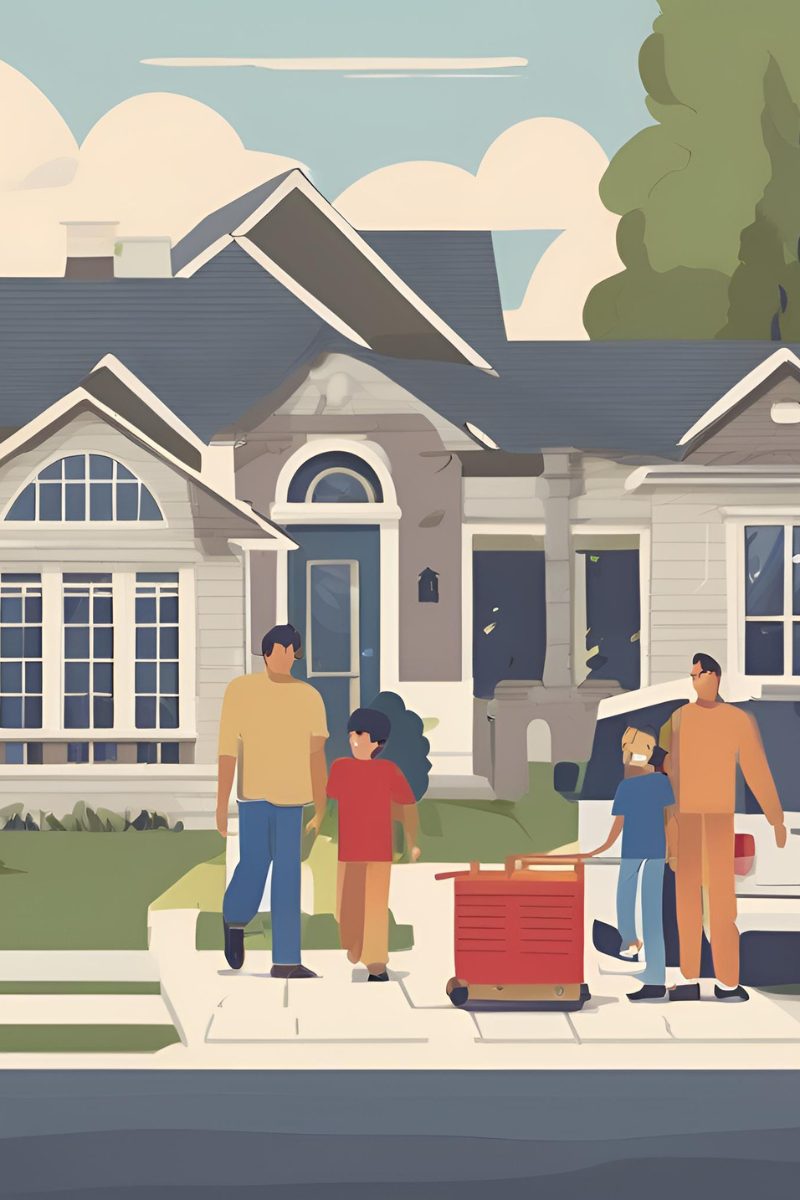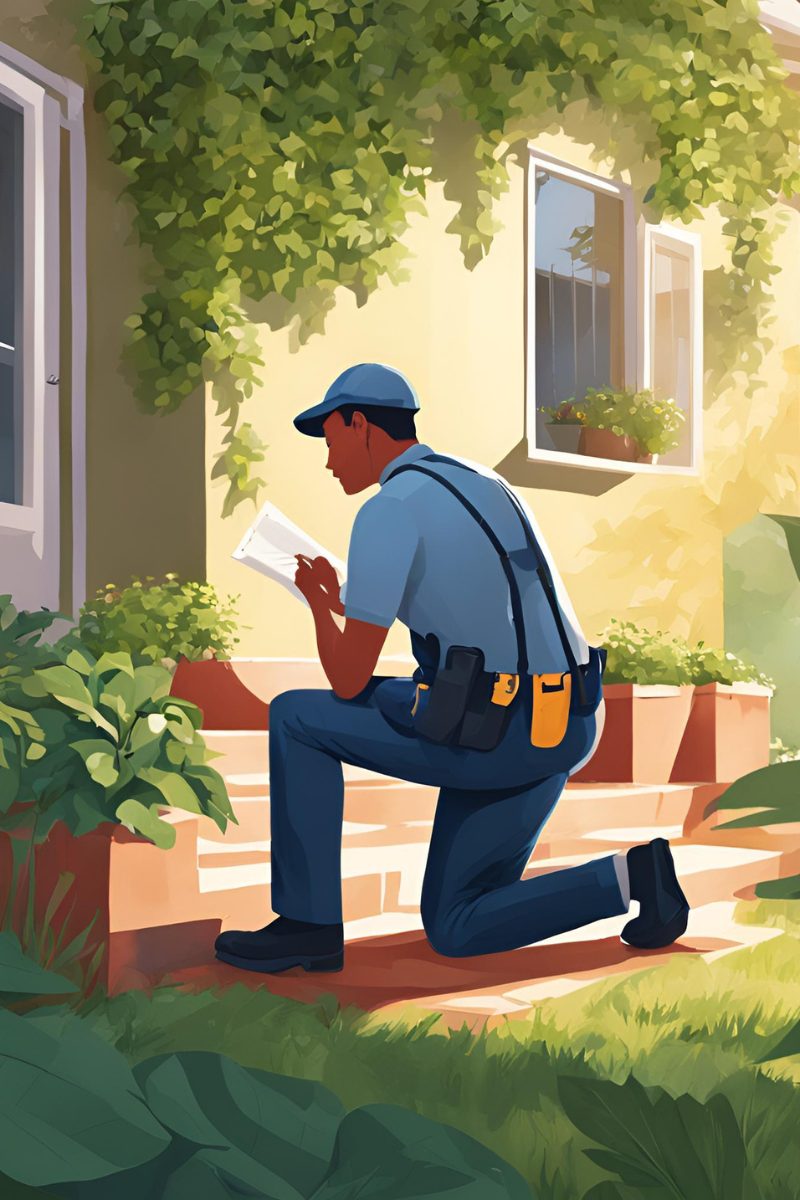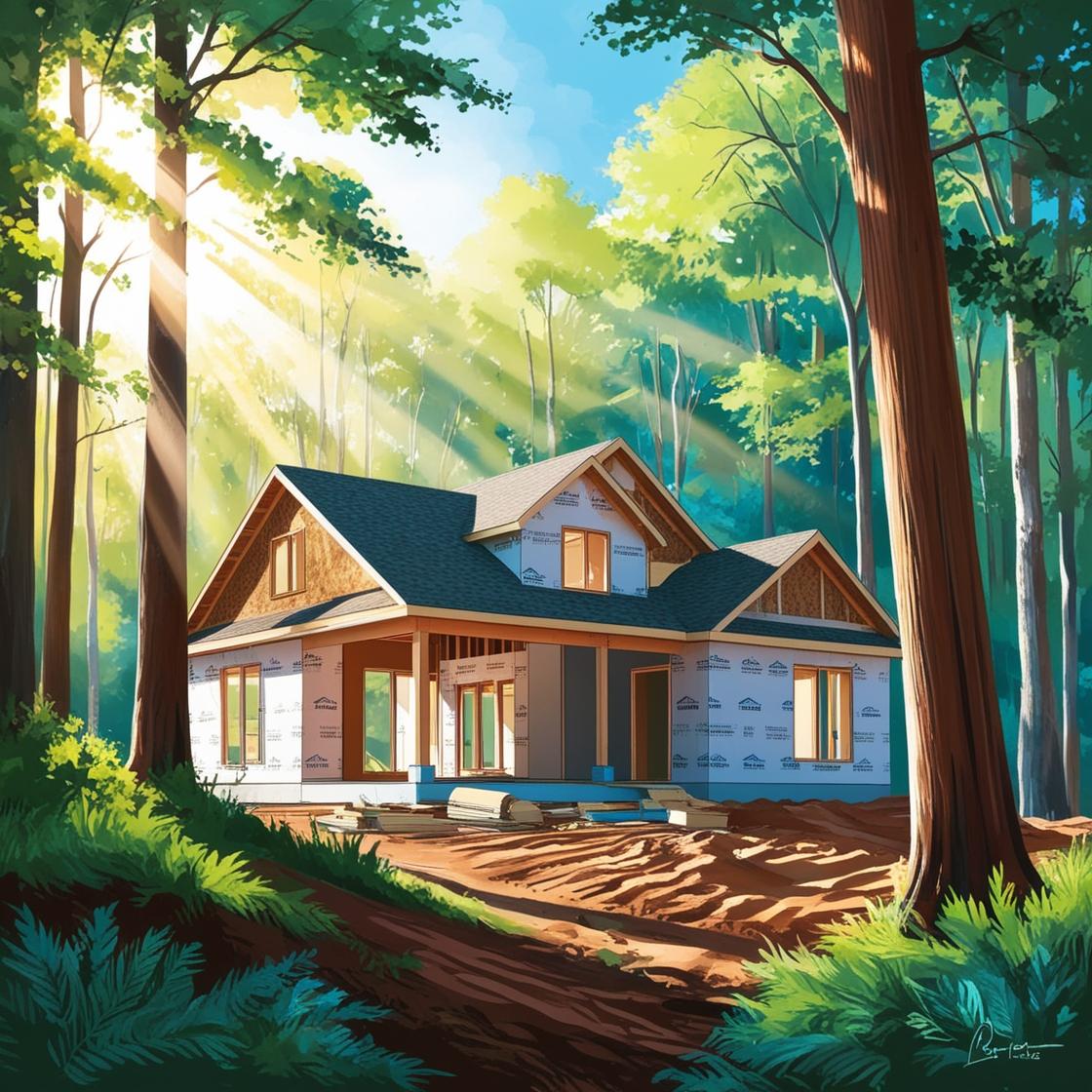Why Professional Photos Sell Homes Faster

When selling your home, first impressions matter—a lot. The majority of buyers begin their search online, scrolling through countless listings. In this competitive landscape, professional photos are not just a luxury but a necessity. Here’s why using professional photography can make or break your home sale, and why an agent who doesn’t prioritize this is doing you a disservice.
The Power of Professional Photography
1. Capturing Your Home’s Best Features
Professional photographers understand lighting, angles, and composition. They can highlight your home’s unique features while minimizing less flattering aspects. This creates a visually appealing presentation that captivates potential buyers.
2. Standing Out in a Crowded Market
With countless listings available, homes with professional photos stand out. A high-quality image can stop a buyer mid-scroll, prompting them to click on your listing and explore further.
3. Conveying Value
Professional photography communicates that your home is worth serious consideration. Blurry, poorly lit photos can send a message that the property is neglected or overpriced, even if that isn’t the case.
4. Boosting Online Engagement
Listings with professional photos receive more views and generate more interest. Studies show that homes with high-quality images sell faster and often for higher prices compared to those with amateur photography.
5. Creating an Emotional Connection
Great photos help potential buyers envision themselves in the space, creating an emotional connection that drives interest and offers.
Why It’s Time to Fire Your Agent If They Don’t Use Professional Photos
1. A Lack of Commitment
An agent who skips professional photography is cutting corners. This suggests a lack of commitment to doing everything possible to market your home effectively. If they’re not investing in photos, what other areas might they be neglecting?
2. Missed Opportunities
By not using professional photos, your agent is leaving money on the table. Homes with poor-quality images are less likely to attract buyers, leading to longer days on the market and potentially lower offers.
3. An Outdated Approach
In today’s digital-first real estate market, professional photography is the standard. If your agent isn’t keeping up with modern marketing practices, they may not be the right fit for selling your home.
4. Damage to Your Home’s Perception
The photos on your listing shape how buyers perceive your home. Poor-quality images can make even the nicest properties look unappealing. Don’t let an agent’s oversight harm your home’s reputation.
What to Look for in an Agent
When choosing a real estate agent, ask about their marketing strategy. A top-tier agent will:
- Include professional photography as a standard service.
- Partner with skilled photographers who specialize in real estate.
- Offer additional visual tools like virtual tours or drone photography when appropriate.
If your current agent doesn’t see the value in professional photos, it’s time to reconsider your partnership. Your home deserves the best representation possible, and professional photography is a critical component of that. Don’t settle for less—your home sale depends on it.
Saving Energy and Staying Warm
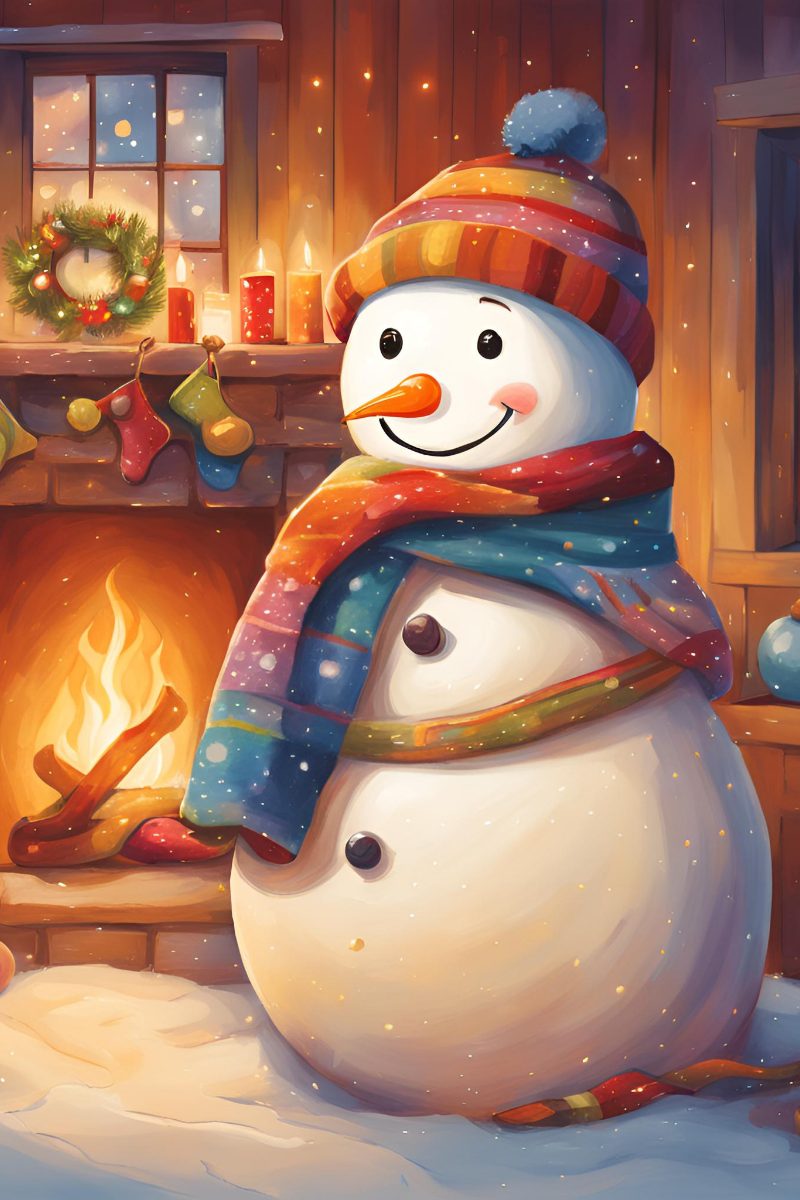
As the temperatures drop and winter settles in, staying warm while managing energy consumption becomes a delicate balancing act. Rising heating bills can quickly add up, but with some simple strategies, you can keep your home comfortable without overspending. Here are some practical tips to save energy and stay warm during the cold months.
1. Seal Gaps and Insulate Your Home
One of the most effective ways to reduce heating bills is to stop warm air from escaping. Begin by checking for drafts around doors, windows, and other openings. A small gap can let a surprising amount of heat escape, forcing your heating system to work harder. Here’s what you can do:
-Weatherstripping and Door Sweeps: Apply weatherstripping around doors and windows, and consider installing door sweeps on exterior doors to prevent warm air from slipping out.
-Insulate Attic and Walls: Adding insulation to your attic and walls can drastically improve heat retention. If you live in an older home, this could be especially helpful.
-Use Draft Stoppers: Place draft stoppers on windowsills, doorways, and at the base of large gaps, like sliding doors.
2. Lower the Thermostat
It’s tempting to crank up the heat when it’s chilly, but even a small reduction in your thermostat setting can lead to significant savings. Try setting your thermostat at **68°F (20°C)** during the day, and lowering it while you sleep or when you’re not at home. Consider investing in a **programmable thermostat** that automatically adjusts the temperature for you based on your routine. This way, your home will stay warm when you need it most but won’t waste energy when you’re away.
3. Use Space Heaters Wisely
While it’s not ideal to rely on space heaters as your primary heat source, they can be an efficient way to stay warm in specific rooms without heating the entire house. Use a **space heater** in the room you occupy most often to maintain comfort without turning up the whole-house thermostat.
However, be cautious:
– Only use space heaters when you’re in the room.
– Turn them off when you leave or go to bed to avoid unnecessary energy consumption.
– Make sure the space heater is Energy Star-rated for better efficiency.
4. Layer Up and Stay Active
It might sound simple, but dressing in layers and staying active can help you feel warmer without cranking up the heat.
-Wear Wool and Thermal Fabrics: Choose clothing made from wool, fleece, or thermal fabrics that trap heat and keep your body temperature regulated.
-Use Blankets and Throws: Keep cozy blankets or throws on hand to curl up with on the couch or bed. Heated blankets are also an energy-efficient option for staying warm at night.
-Stay Active: Physical activity, even light movement like walking around the house or doing light stretches, can increase blood flow and make you feel warmer.
5. Close Off Unused Rooms
To concentrate your heating where it’s needed most, close doors to unused rooms. This prevents the cold air from circulating and allows your heating system to focus its efforts on areas where people are spending time. If you have rooms you rarely use, consider turning down the heat entirely in those spaces, or use a portable heater if necessary.
6. Maximize Sunlight
Let the sun do some of the work for you. During the day, open your curtains and blinds to let in natural sunlight and warm up your home. Once the sun sets, close them to keep the warmth inside. This can help increase the temperature of a room without relying on the heater.
For added benefit, consider installing “thermal or insulated curtains” that help keep heat in at night.
7. Maintain Your Heating System
A well-maintained heating system will work more efficiently, saving you both energy and money. Be sure to:
-Change your filters regularly: Dirty filters can restrict airflow, forcing your system to work harder to heat your home.
-Schedule annual maintenance: Have a professional inspect and service your furnace or heat pump before the cold season starts. This can catch small issues before they become bigger, more costly problems.
-Consider upgrading to a high-efficiency system: If your heating system is old or inefficient, it may be time to invest in a newer, more energy-efficient model that can help you save on long-term energy costs.
8. Cook Smart
Instead of using the oven to cook your meals, consider using the stovetop or slow cookers, which generate less heat and take less time to cook. When you do use the oven, try cooking multiple dishes at once to make the most of the heat. Bonus: It’s an excellent excuse to bake some comfort food to warm up your home!
9. Utilize Ceiling Fans
While fans are typically associated with cooling, ceiling fans can also help in the winter by circulating warm air. Set your ceiling fan to run in reverse (clockwise) at a low speed. This pushes warm air from the ceiling down to where you’re living, making the room feel warmer without turning up the heat.
10. Consider a Humidifier
Cold air tends to be dry, which can make you feel colder. By adding moisture to the air with a humidifier, you can improve comfort levels at lower temperatures. Humid air feels warmer, so you may be able to lower your thermostat a few degrees and still stay comfortable. Just be sure to clean your humidifier regularly to avoid mold growth.
11. Switch to Energy-Efficient Lighting
During the colder months, it’s easy to keep lights on longer due to shorter days. Switch out your traditional bulbs for LED lights, which consume much less energy and last longer. LED bulbs emit less heat, so they won’t interfere with your heating, and they’re more cost-effective over time.
Conclusion
Staying warm during the cold months doesn’t have to mean sacrificing comfort or your bank account. By sealing gaps, using your heating system efficiently, and making small changes to your daily habits, you can stay cozy without breaking the bank. Remember that a combination of strategies is often the most effective, so experiment to find what works best for your home. Stay warm, save energy, and enjoy the winter season!


 Facebook
Facebook
 X
X
 Pinterest
Pinterest
 Copy Link
Copy Link
